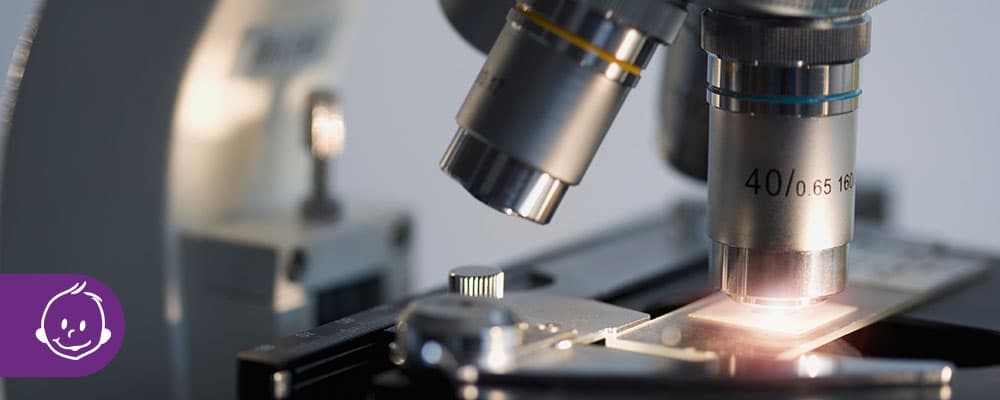To our valued patients, with regards to the situation in Alabama Read More
- Chattanooga: 423.899.0500
- Knoxville: 865.692.3433
- Chattanooga: 423.899.0500
- Knoxville: 865.692.3433
To our valued patients, with regards to the situation in Alabama Read More

A vasectomy is known as one of the most effective and safest forms of contraception. While it is intended to be permanent, there will always be situations when fertility is desired after a vasectomy. The traditional method of producing a pregnancy after a vasectomy has been vasectomy reversal surgery. This is when the severed ends of the vas are located and put back together under an operating microscope. Unfortunately, vasectomy reversal surgery is a much more involved surgery than the original vasectomy.
In addition, while vasectomy reversal success rates can be high when measured in terms of re-obtaining sperm in the ejaculate, those same success rates when measured in terms of actually getting pregnant after vasectomy reversal are much lower. This difference is due to a number of issues. One of those issues is lower overall sperm counts after the vasectomy reversal. Another issue is the common finding of men making antibodies against their own sperm once the vasectomy has been performed. The antibodies can attach to the sperm and interfere with its motility or with the ability of the sperm to bind to the egg membrane and initiate fertilization. Because of these issues, some studies indicate that only half of the men who show sperm in the ejaculate after vasectomy reversal surgery will father a child without further medical treatment.
As a result, many couples seek alternatives to a vasectomy reversal, such as the PESA (Percutaneous Epididymal Sperm Aspiration) procedure.
Near the spot where the seminiferous tubules meet up to form the collecting system, there is a structure called the epididymis. The epididymis is a long, tightly coiled tube where sperm is stored and eventually transported to the vas deferens, which in turn, transports it to the outside world. The tightly coiled epididymis occupies much of the back of the testicle and is usually fairly easy to locate. A urologist can take a small needle and (with some anesthesia, of course) place it into the epididymis and aspirate a few droplets of fluid.
Because the blockage produced by the vasectomy takes place beyond the epididymis, sperm is still being produced in the testicle and stored in the epididymis. These few droplets of sperm will generally contain thousands (even millions) of sperm – enough for several in vitro fertilization procedures. The procedure to obtain sperm is called a percutaneous (through the skin) epididymal sperm aspiration, or PESA for short. It generally takes about 20 minutes to perform and the patient will walk quite normally afterward, with minimal recovery required. PESA is the most commonly performed of the vasectomy reversal alternatives.
Sperm can also be obtained directly from the testicle in a similar procedure called TESA (Testicular Epididymal Sperm Aspiration), which is more painful and has a longer recovery time.
While the sperm obtained through these techniques functions well for IVF, it generally has little motility and often lacks the ability to fertilize an egg on its own. For this reason, IVF after a vasectomy with direct injection of sperm into the eggs is the method of choice for using sperm from PESA. Pregnancy rates with PESA-obtained sperm are not significantly different from those with normally ejaculated sperm.
Given the advantages of IVF with PESA over vasectomy reversal surgery (no major surgery, retention of contraceptive effectiveness, high pregnancy rates, less time to pregnancy) it is rapidly becoming the more popular method for couples seeking pregnancy after a vasectomy. If you and your partner are considering pregnancy after a vasectomy, talk to your doctor to determine the best treatment option for you.
At the Fertility Center, we offer IVF services for clients in the area of Chattanooga, Knoxville, Atlanta and Nashville. With our offices in Chattanooga and Knoxville. Talk to us today about IVF treatment and learn more about our IVF Refund Program.